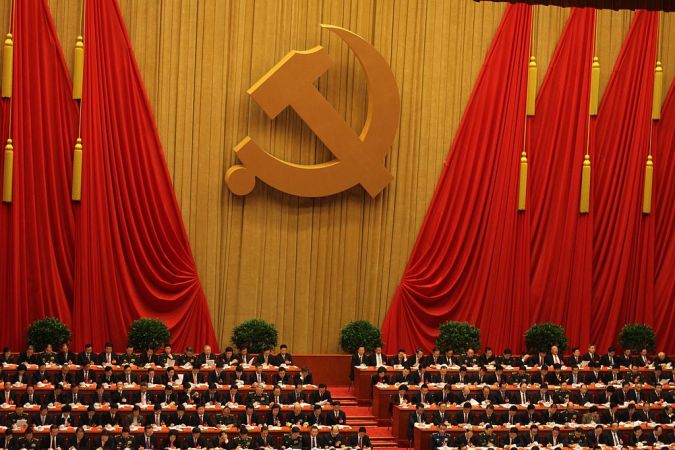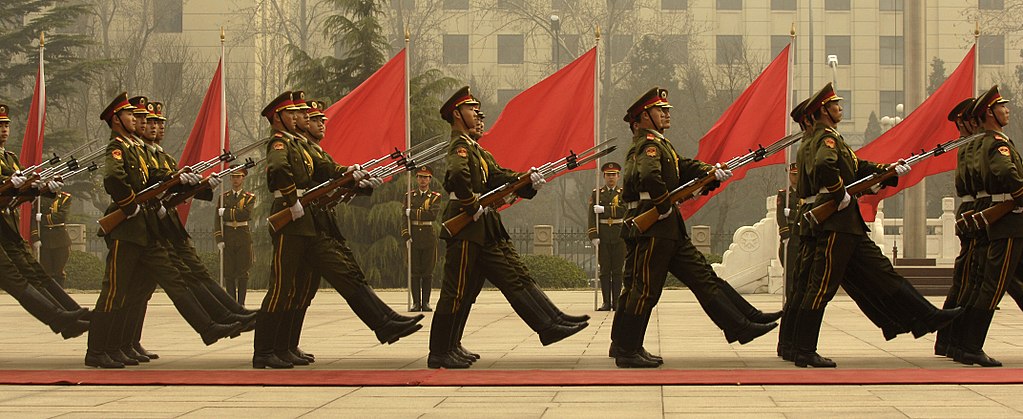Forget Afghanistan, Vietnam is the real graveyard of empires. China, France, Japan, the United States, and China again, all have come short of fully subduing the Vietnamese people of Southeast Asia. They all might have thought they won their wars at the outset, but wars for independence are a long game, and no one understands that better than tiny Vietnam. There’s a reason Ho Chi Minh quoted the U.S. Declaration of Independence in Vietnam’s own Declaration of Independence.
China should have remembered its own shared history of fighting in Vietnam when it invaded the country in 1979. A full six years after watching the Americans depart Southeast Asia without achieving their objective, China might have recognized that Vietnam was on a winning streak.
Unfortunately, Communist China was a backer of the Khmer Rouge in Cambodia, a regime best remembered for taking Cambodia back to the Stone Age through forced migration, mass killings, and a total upheaval of established society. They came to power under dictator Pol Pot, who could control the population of Cambodia but not his troops along the Vietnamese border.

After repeated violations of the border boundary and attacks from Cambodian soldiers. After repeated attempts at diplomacy through intermediaries in Beijing, enough was enough. Vietnam launched a full-scale invasion of Cambodia on Dec. 25, 1978. Less than three months later China decided to invade Vietnam to support Cambodia, a regime it supported.
China, apparently, did not count on the level of resistance it faced when it entered Vietnam and Vietnam would not only bounce China out of the conflict, but would topple Pol Pot’s regime and end the genocide against the the Cambodian people. China’s stated goal was to teach Vietnam a lesson, but after fewer than four weeks, who learned the lesson remains unclear.
The Chinese invaded Vietnam with 200,000 to 600,000 infantry troops and 500 tanks along two fronts. Facing them were 100,000 soldiers from the People’s Army of Vietnam (PAVN), along with Soviet airlift, weapons, and intelligence. As Chinese forces advanced into Vietnam, the PAVN moved troops from its war in Cambodia to the war in Northern Vietnam.

Almost immediately, the Vietnamese were able to counterattack against the Chinese invaders, inflicting heavy casualties. China, having promised the Soviet Union and the United States that its incursion was a limited war and would last only a short while, did not employ its air forces against the Vietnamese.
Limiting its invasion was a crucial mistake that resulted in more casualties and higher death tolls on Chinese troops. When the Chinese military pulled out of Vietnam, it claimed it was able to do so because the road to Hanoi was wide open for them to take, and the Vietnamese had learned their lesson about disobeying Beijing.
Except they hadn’t learned anything of the sort. Vietnam was still engaged in fighting in Cambodia. Over 150,000 irregular troops (also known to the U.S. as “Charlie”) joined in the fighting against the Chinese invaders or occupiers, depending on where in the country they were. China was forced to make a strategic withdrawal in fewer than four weeks.
Vietnam, on the other hand, remained in Cambodia for the next decade, toppling the destructive regime of the Khmer Rouge and ending Chinese dominance along its border. China never saw it coming.










